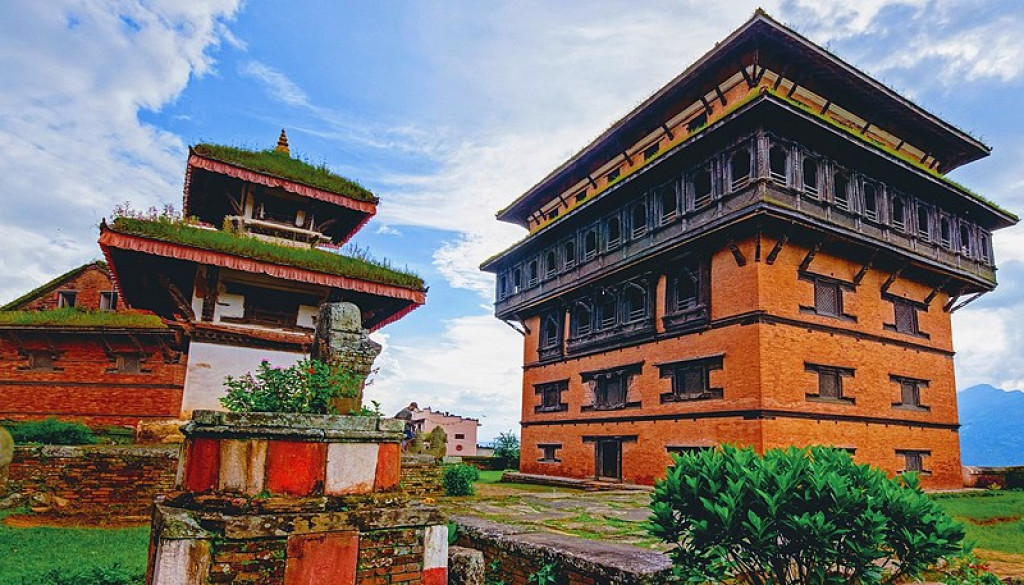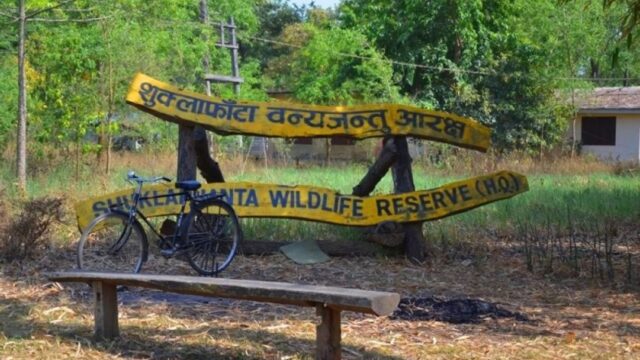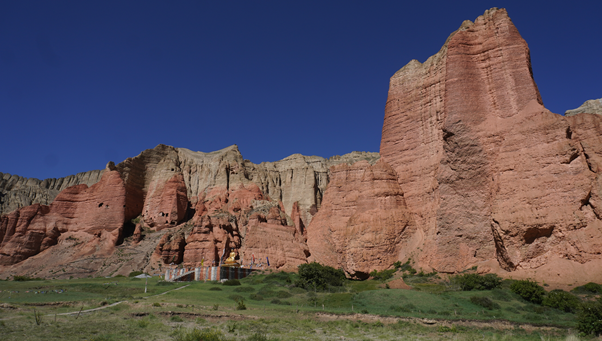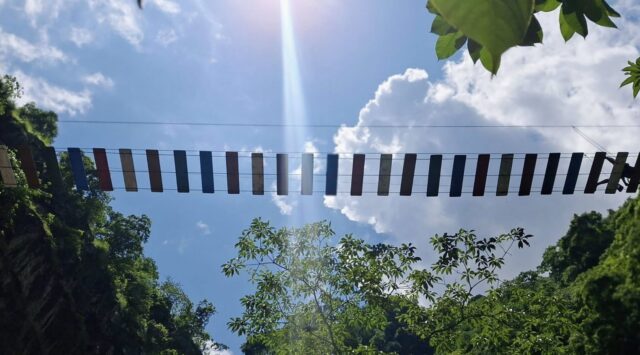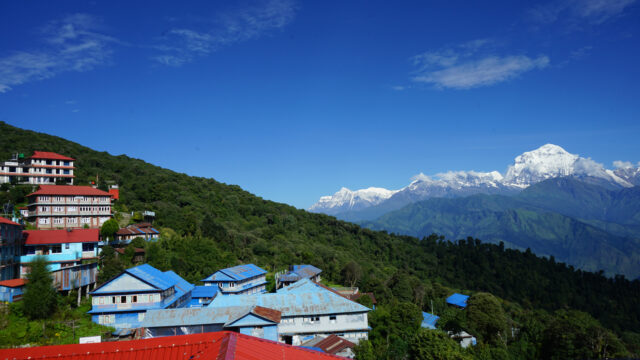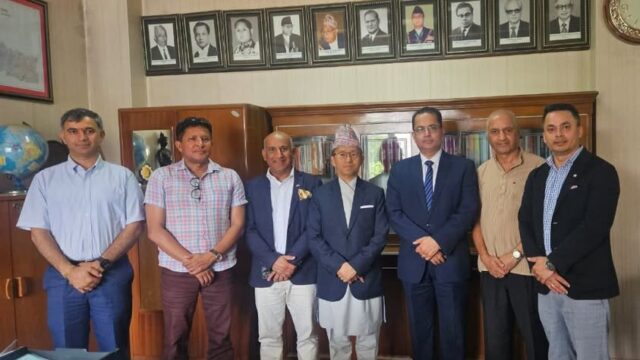A Chinese team has arrived at Nuwakot to resume the reconstruction of the historic seven-story palace and surrounding religious and archaeological heritage sites, which were damaged during the 2015 earthquake.
Following an agreement with the Government of Nepal, the Chinese team, which has been tasked with the reconstruction, returned to the site located in Bidur Municipality-2. The team is currently engaged in pre-reconstruction preparations. The Department of Archaeology, led by Director General Saurabh Pradhananga, held discussions with local stakeholders today to outline the responsibilities required from the Nepali side in the reconstruction process.
In June 2019, the Chinese team had initially erected support structures to prevent further damage to the deteriorating palace, but the reconstruction work had been delayed. The agreement between the Nepal government and the Chinese side had since expired, and the prolonged absence of the Chinese team had led to uncertainty over the project’s future. However, the arrival of the technical team and workers has renewed hopes for the project’s completion, said Director General Pradhananga.
Under the program aimed at assisting in the reconstruction of earthquake-damaged structures, the governments of Nepal and China signed an agreement to restore eight historically significant structures, including the Nuwakot Palace. The contract, signed between the Department of Archaeology and the Chinese Academy of Cultural Heritage in May 2019, stipulated that the reconstruction would be completed within 45 months.
However, the Chinese team had to delay their return due to the COVID-19 pandemic after celebrating the New Year in China. When they returned in October 2022, they conducted a thorough study of the palace’s foundation, walls, and roof before finalizing their plans for reinforcement and reconstruction.
This marks the third time the Chinese team has arrived on-site, and they are now focused on the necessary preparations to advance the reconstruction, according to Sunil Paudel, Chief of the Nuwakot Palace Care and Conservation Office. Since the previous contract period expired before the work could commence, a new agreement is being drafted, with the Chinese side showing a positive outlook toward resuming the reconstruction.
The local government will be responsible for addressing minor issues arising during the reconstruction process, while the federal government will assist with matters such as extending visas for workers and providing tax exemptions. The new agreement is expected to incorporate these aspects.
In the first phase, the Chinese team will focus on the reconstruction and reinforcement of the seven-story palace, the guardhouse, and the Rangmahal within the palace complex. Following that, they will work on the reconstruction of the Lichhavi-era Taleju (Tulja Bhawani) Temple, Seto Pati, Lama Pati, and the Vishnu and Narayan temples.
Before beginning the work, the Chinese side requested regular electricity supply, access routes for heavy equipment, water, and open spaces for material storage. Bidur Municipality Mayor Rajan Shrestha has committed to fulfilling these demands during a discussion held on Friday.
The seven-story Nuwakot Palace was constructed after King Prithvi Narayan Shah conquered Nuwakot in 1744 AD and used it as a base to govern the country. The Tulja Bhawani Temple, located within the palace complex, dates back to the Lichhavi era, according to Mahendra Kumar Shahi, a representative of the Nuwakot Palace Museum.
